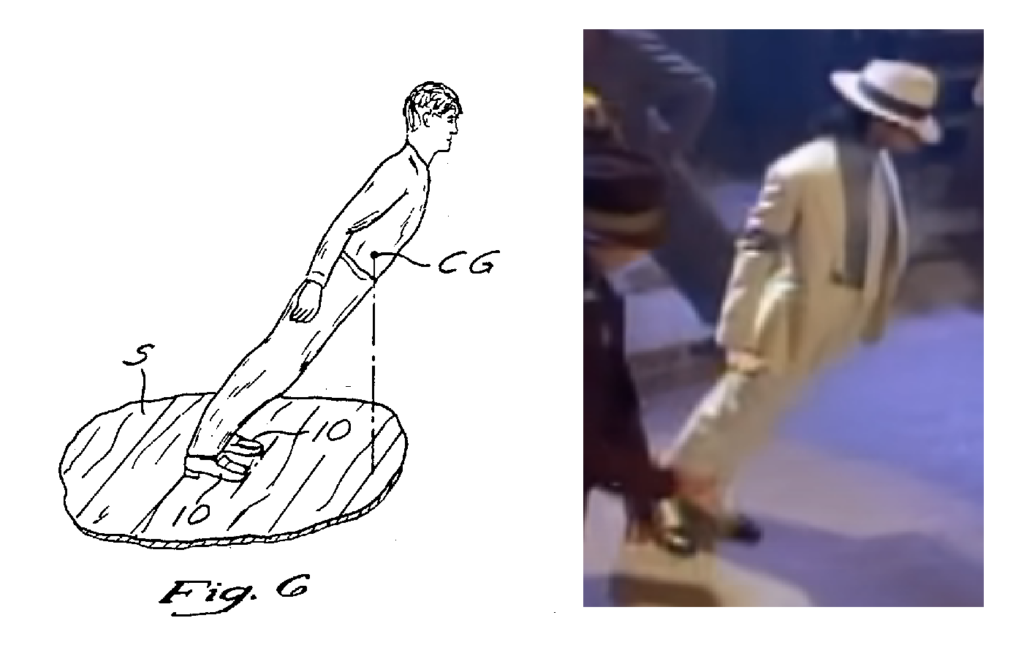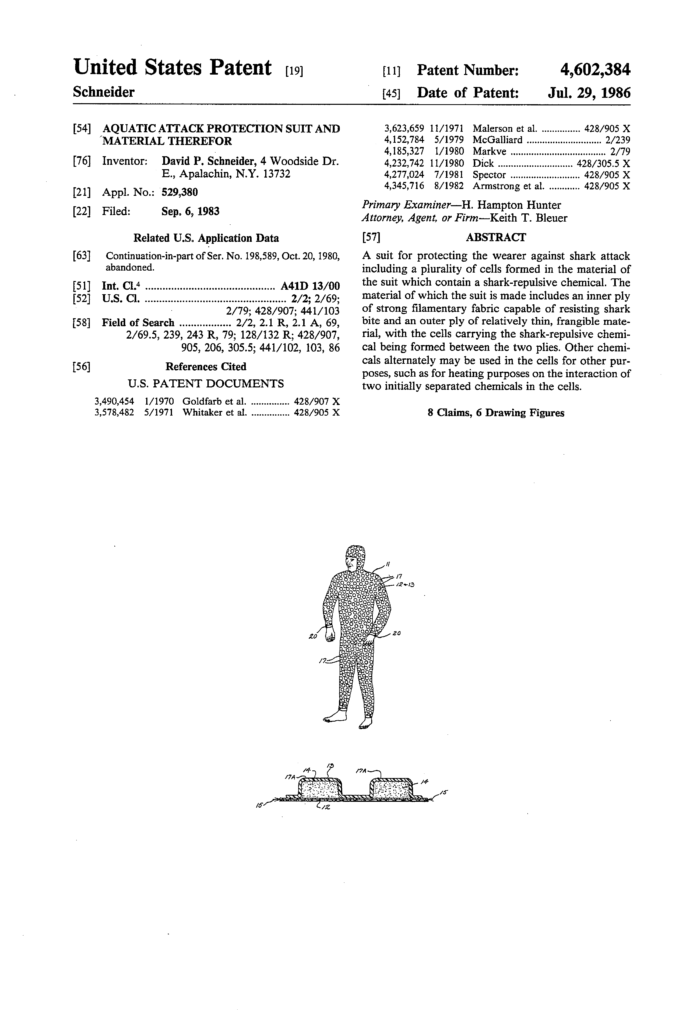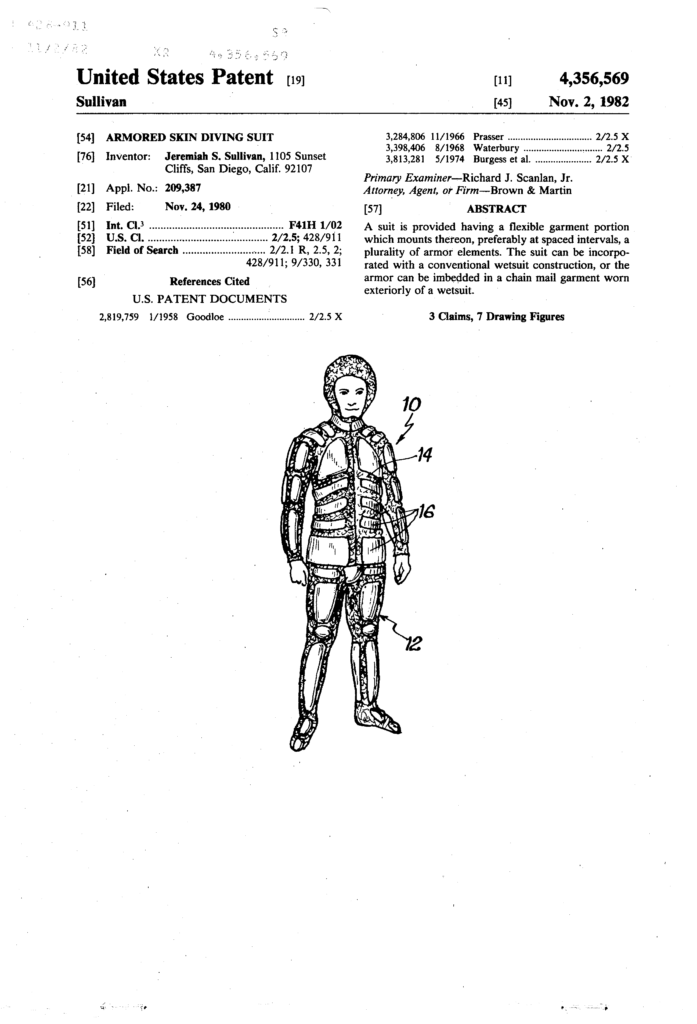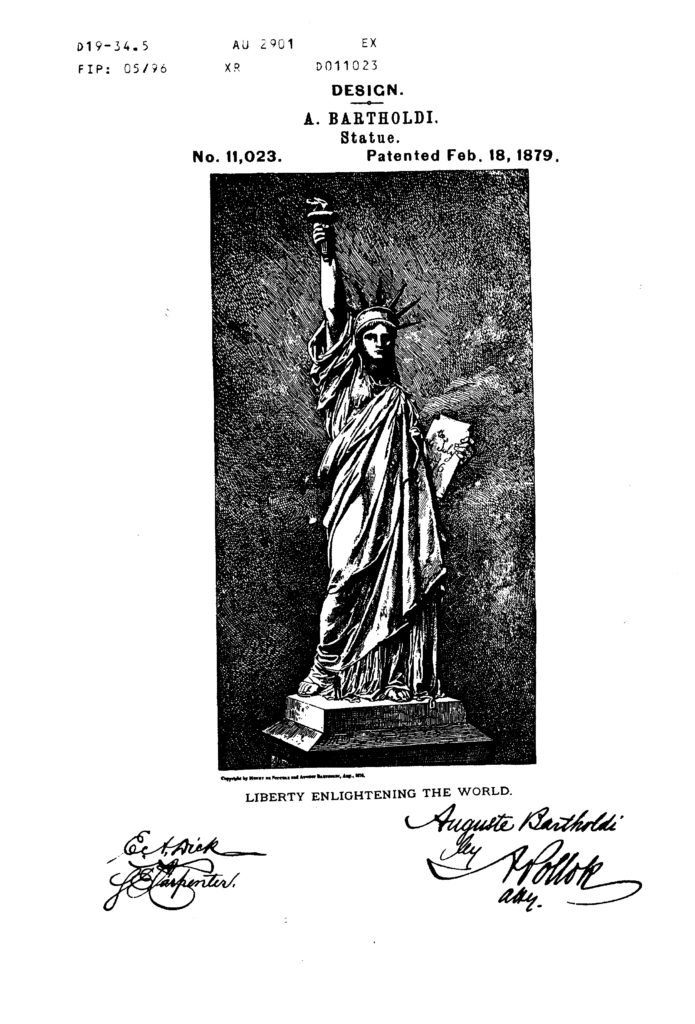In Amarin Pharma, Inc. v. Hikma Pharmaceuticals USA, Inc., [2023-1169] (June 25, 2024), the Federal Circuit reversed the dismissal of Amarin’s complaint for failure to state a claim for induced infringement.
Less than a month after Hikma launched its generic icosapent ethyl product, Amarin sued
under 35 U.S.C. § 271(b), alleging that Hikma had induced infringement of U.S. Patent Nos. 9,700,537 and 10,568,861. through the content of Hikma’s press releases, website, and product label evidence Hikma’s specific intent to actively encourage physicians to directly
infringe the asserted patents by prescribing its generic icosapent ethyl product for the off-label CV indication, an indication for which Hikma did not get FDA approval. Hikma moved to dismiss under Federal Rule of Civil Procedure 12(b)(6), arguing that Amarin had failed, as a matter of law, to allege facts that Hikma had taken active steps to specifically encourage infringement.
The district court referred the case to a magistrate judge, who recommended denying the motion. The magistrate judge concluded that, based on the totality of the allegations, which relied not only on the content of the skinny label but also Hikma’s press releases and website, Amarin had “pleaded an inducement claim . . . that is at least plausible.” Specifically, she noted that, “notwithstanding the lack of an express instruction regarding the CV indication in the ‘Indications and Usage’ section of Hikma’s label, several other portions
of Hikma’s label, taken together with Hikma’s public statements, instruct physicians to use Hikma’s product in a way that infringes the asserted patents.” On de novo review, the district court declined to adopt the magistrate judge’s recommendation and granted
Hikma’s motion to dismiss.
The Federal Circuit said that although this case has underlying features of a traditional Hatch-Waxman case, at bottom, it is nothing more than a run-of-the-mill induced infringement case arising under 35 U.S.C. § 271(b).
The Federal Circuit said that although this case has underlying features of a traditional Hatch-Waxman case, at bottom, it is nothing more than a run-of-the-mill induced infringement case arising under 35 U.S.C. § 271(b). Accepting all well-pleaded facts as true and drawing all reasonable inferences in Amarin’s favor, the Federal Circuit concluded that Amarin’s complaint plausibly plead that Hikma actively induced healthcare providers’ direct infringement, i.e., that Hikma encouraged, recommended, or promoted infringement.
Amarin alleged that the clinical studies section, which describes statin-treated patients
with the same cardiovascular event history and lipid levels covered by the asserted patents, would be understood by physicians as a teaching that the product could be prescribed to treat cardiovascular risk. Amarin further alleged that Hikma’s removal of the CV Limitation of Use language and the warning of potential side effects for patients with cardiovascular disease, communicate to physicians that Hikma’s generic product could be used for the off-label CV indication — particularly since other drugs contain the CV Limitation.
The Federal Circuit said that taken on its own, it might have agreed with the district court
(and Hikma) that the label does not, as a matter of law, recommend, encourage, or promote an infringing use. But, as the magistrate judge correctly observed, Amarin’s theory of induced infringement is not based solely on the label. Counsel for Amarin explained that “our case is not about the label standing alone, but to be clear, we do rely on portions of the
label”). Rather, it is based on the label in combination with Hikma’s public statements and marketing materials.
The Federal Circuit noted that Hikima’s website promoted its product as broad enough to encompass both infringing and non-infringing uses, and its press releases, consistently referred to Hikma’s product as a “generic equivalent to Vascepa®” or “generic Vascepa®.”
Hikma’s press releases broadly refer to the product as a “generic version” of Vascepa and provide usage information and sales data for the brand-name drug from which it is plausible
that a physician could discern an encouragement to use the generic for purposes beyond the approved indication. The Federal Circuit found that the allegations in the Complaint plausibly state a claim for induced infringement.
.

















